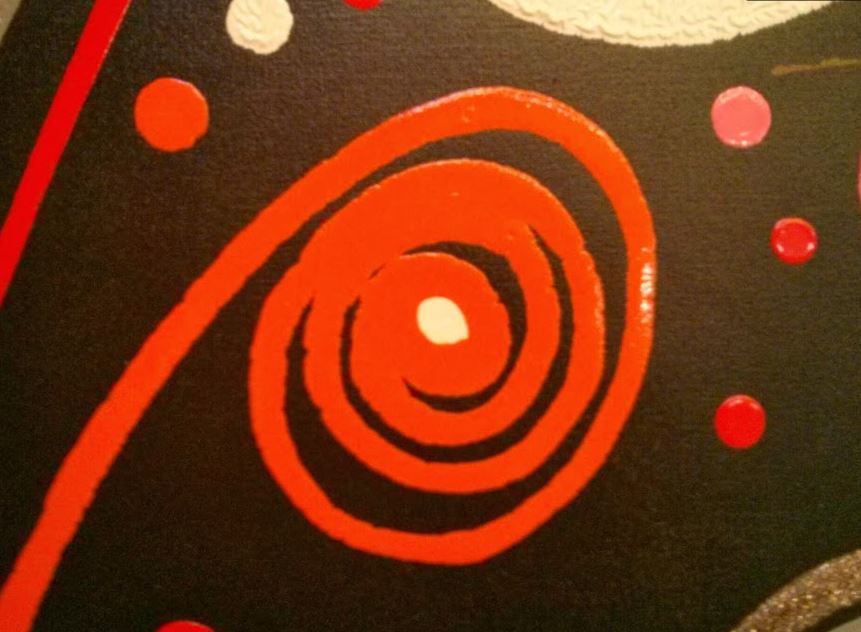Five years on from the HFE Act: whatever happened to cybrids?

Five years ago last month, a highly contentious Bill that had ignited months of fierce debate across the country, finally received Royal Assent. The Bill in question was the Human Fertilisation and Embryology Bill, which sought, among other highly things, to legalise cytoplasmic animal-human hybrids (cybrids for short) – an embryo constructed from an enucleated animal egg with a human nucleus inserted in it – to help overcome the shortage of human eggs which was slowing down the progress of human embryonic stem cell research (hESC). Without this research, it was said, we would never see life-saving cures for diseases such as diabetes, Alzheimer’s and Parkinson’s.
The media buzzed with the science of these bizarre entities, and Parliament was slowly seduced by the pro-cybrid campaign, despite the best efforts of the adult stem cell (ASC) camp, who in vein argued that hybrids were not only unethical and undesirable, but totally unnecessary; ASC technology was far more advanced and clinically successful, as well as ethical.
News articles on stem cells are far fewer these days, and we rarely, if ever, hear anything about cybrids. So, what has happened with cybrid, hESC and ASC research?
The fate of cybrids:
Turning first to cybrids, whilst their legalisation was a huge blow to many, cybrids soon suffered their own critical setback – the financial crisis struck hard and funding for highly controversial and scientifically risky technologies was quickly pulled, and by October 2009, all three of the original licence applications had been abandoned, and two of the three professors had moved to other countries to continue their research.
Total eclipse of hESCs:
So, how has hESC (human embryonic stem cell) research fared? You only need to visit the UK Stem Cell Foundation website to read their ‘good news’ stories to see that nearly all the news is actually about ASC (adult stem cell) triumphs! Treating glaucoma, restoring vision, even creating replacement organs, with more research funds announced and so on. You see, even five years ago when all this was being debated, ASCs were being used to treat over seventy conditions, with many more clinical trials, and it is now going from strength to strength, with more uses and sources of adult stem cells being discovered all the time – they’re even in urine!
The picture is far less bountiful for hESCs. A handful of clinical trials have started: Geron, which launched the world’s first trial in January 2009, used hESC derived cells in research into spinal cord injury but they have since divested themselves of this research and left the field completely; and Advanced Cell Technology (ACT), which has three phase 1 clinical trials for treatments for different eye disorders that are showing strong results and further phase 1 clinical trials are planned. Interestingly, ACT has developed a method of extracting a stem cell from an embryo without destroying it, called single-blastomere technology. Yet what happens to the embryos from which a blastomere has been removed is unclear. ACT is also running a pre-clinical platelet programme developed from induced pluripotent stem cells (iPS cells) which are held to be an ethical alternative to hESCs – they are embryo-like stem cells made from adult somatic cells, e.g. a skin cell, which has had its internal genetic clock wound back by inserting reprogramming factors into it.
Scientists have also been using hESCs to grow human ‘mini-brains’ which have defined regions of the brain, including a cerebral cortex and retina. These brains are not capable of consciousness and could potentially be used as models for investigating different brain disorders. Mini-brains have also been created using iPS cells. Whatever the source starting matter might be, creating brains in a dish is sure to spark many a debate about human consciousness.
hESCs in drug and disease modelling – potential complicity problems:
All in all, though, the promises made to us by scientists and politicians about the clinical and therapeutic importance of hESCs were largely hype – they have been beset by technological problems and eclipsed by the rate of progress in ASCs and iPS cells.
Now mainly consigned to developing drug and disease models, we might think ethically things are less worrying, but they still pose deep ethical concerns: if drugs are created using unethical means, in choosing to use them we would, to a certain degree, be materially complicit in the wrongness of that initial work; and if more and more research goes this way, we will increasingly find ourselves in a sticky situation where on grounds of conscientious objection we might feel compelled to forego certain treatment options, as some people did with the Rubella vaccine developed in the 70s from an aborted foetus.
Keeping our eyes peeled:
The future is very bright for ASC and iPS cells with research and breakthroughs gaining pace. And sadly, the writing is not yet on the wall for hESCs; whilst clinically they have very limited success, they are embedding themselves as a research tool in drug and disease modelling. Cybrids, though, despite being enshrined in statue law, have surely had their day, and are most definitely eclipsed by iPS cells. However, we do still need to keep our eyes peeled and be watchful of biomedical developments so that we can ensure that we will all be comfortable using the new treatments, should the need ever arise.
Tags: adult stem cells, cybrids, embryonic stem cells, featured, HFE Act, hybrids
















